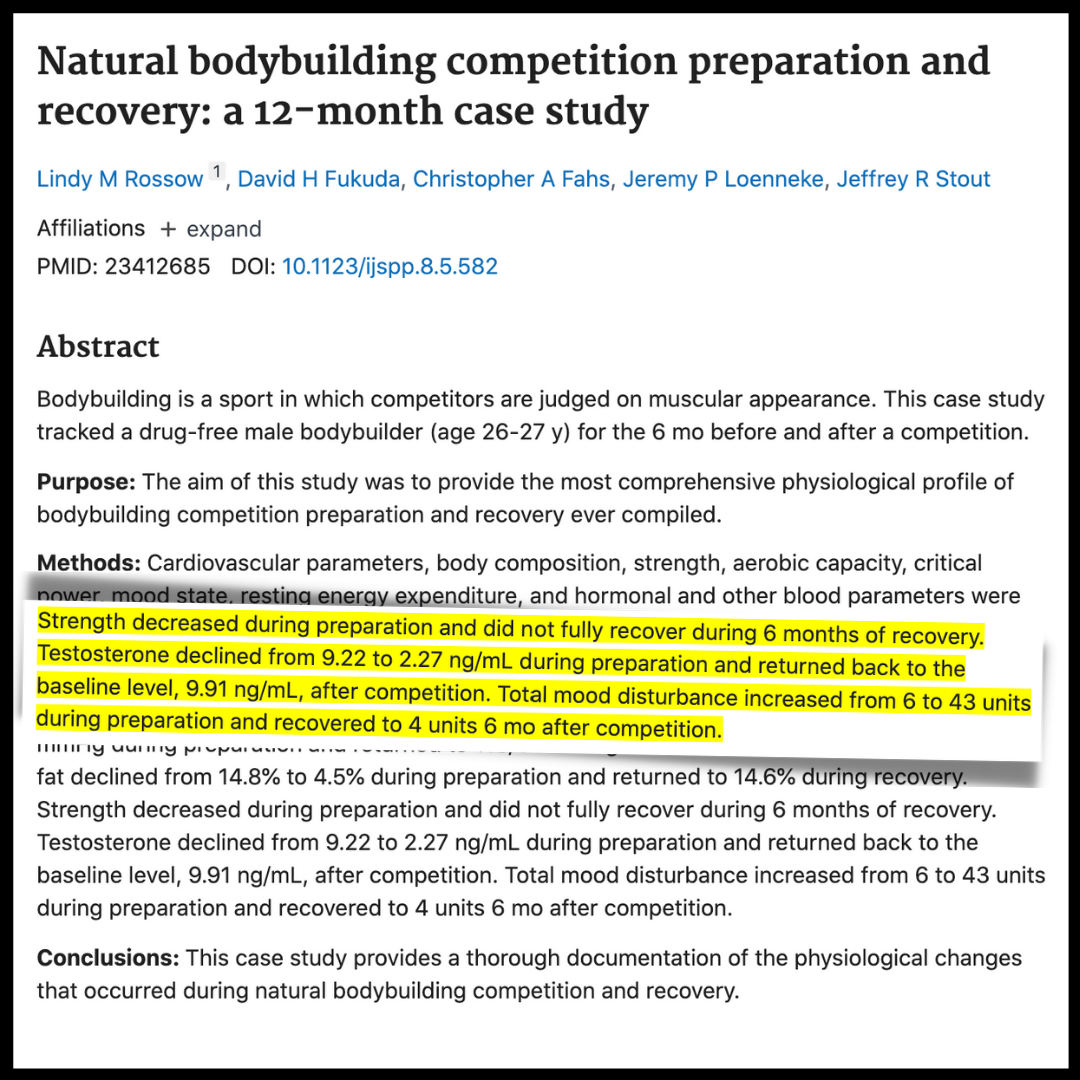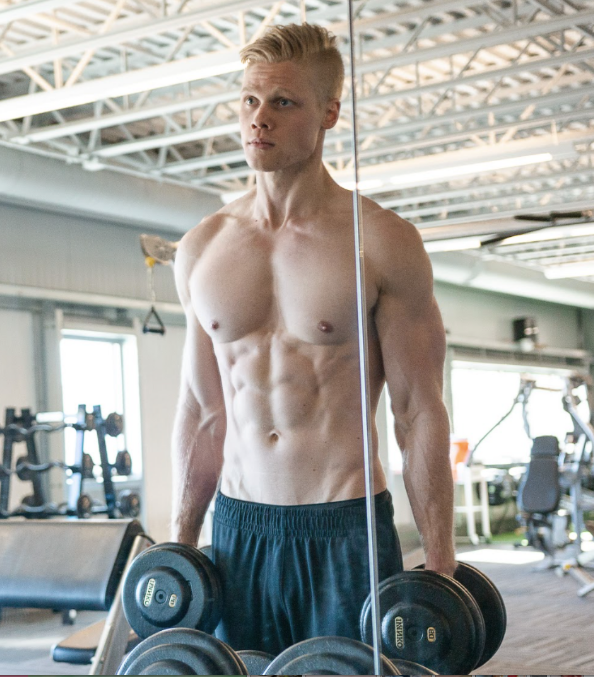As more and more information has come out on the not-so-friendly practices of industrial animal farming, and the environmental costs of industrial animal farms, vegan and vegetarian diets have gained a lot of popularity.
We get it... you care about all of the muscle you've worked so hard to build, and may have some reservations about removing meat and/or animal products from your diet.
To be clear, we have online clients that consume a lot of animal products, none... and everywhere in-between. As coaches, we're here to guide you to your best body composition based on your dietary preferences and choices.
So by no means is the blog pushing you to remove or add animal products.
But for the individual who is considering removing animal products for moral, ethical, environmental, or any other reason... you'll learn how to build a diet without animal products that will help you build muscle and burn fat.
Diet Vocab
First let’s define veganism, and all other plant-based diet terms since they can cause some confusion about what each category can and cannot have.
Vegan - Vegans exclude all products that come from animals, and usually also exclude any other animal-based products like leather or any products tested on animals.
Plant Based - This usually means most of the food consumed comes from plants, but they still include some animal products in small portions.
Vegetarian - Excludes any animal meat, but will still include things like dairy and eggs since they aren’t the animal flesh.
Pescatarian - Will eat fish, but excludes other animal meats like poultry and red meat.
WHY IS IT HARDER TO BUILD MUSCLE ON A VEGAN DIET?
There are two main reasons giving up animal products makes it harder to build muscle and/or lose fat.
PROBLEM 1: IT'S HARD TO GET ENOUGH OF THE AMINO ACID LEUCINE.
Leucine is an essential amino acid that plays a huge role in muscle protein synthesis (MPS).
Muscle protein synthesis is the process of building up new muscle tissue, whereas the opposite of that is muscle protein breakdown (MPB) which is the breakdown of muscle tissue.
These processes are always ongoing, but if your MPS exceeds MPB you get larger muscles over time, and if MPB exceeds MPS you lose muscle tissue.
When you eat protein, there is a leucine threshold that maximally stimulates MPS.
Other amino acids are important as well, but leucine seems to have the most significant effect on MPS.
The foods highest in leucine content per gram are all animal based foods, with whey protein being the highest.
In this study, researchers compared isonitrogenous (same amount of protein) of beef protein compared to soy-based beef substitute.
Even though they had the same amount of protein, the beef was more effective at stimulating muscle protein synthesis.
That’s largely because meat has a higher amount of the amino acid leucine compared to plant proteins. That doesn’t mean you can’t stimulate MPS with plant protein, but it does mean you may need to be more selective about the type and increase the amount to account for the lower percentage of leucine.
This table from the study shows the different quality between types of protein.
(PDCAAS stands for Protein Digestibility Corrected Amino Acid Score):

PROBLEM 2: MOST VEGAN PROTEIN SOURCES ARE ALSO HIGH IN CARBS OR FATS
The most popular sources of protein for vegans are things like peanuts, beans, lentils, tofu, and peas.
These are all healthy foods, but not high in protein as a percentage of overall calories.
In order to get the same amount of grams of protein from a plant-based source you typically have to consume a lot more calories than you would from meat, which makes eating enough to gain without too much fiber, and eating little enough to lose fat, harder (but not impossible).
For example:
→ In order to get 25 grams of protein from chicken breast you would eat 110 calories.
→ In order to get 25 grams of protein from tofu you’d eat 180 calories of silken tofu.
→ In order to get 25 grams of protein from lentils you’d be eating 310 calories.
Again, this isn’t bad, it just takes more planning since you have to reduce calories to lose fat, and protein is harder to come by without the extra calories.
BEST VEGAN PROTEIN SOURCES
The general recommendation for anyone aiming to improve their body composition is anywhere from 0.8-1.2g/lb of bodyweight in protein.
Because of the lower amino acid quality in most vegan protein sources, you should aim for the higher end of that range to make sure you’re maximally stimulating MPS and reducing MPB.
For example:
→ A 150 lb individual eating a meat-inclusive diet can get away with 120-150g of protein per day.
→ That same person eating a vegan diet would need more like 180g of protein per day.
So how do you get plenty of protein as a vegan?
Here are a few of the best options:
Seitan (wheat gluten) - 18g protein per 3 oz cooked.
Tempeh - 18g protein per 3 oz cooked.
Black beans - 14g protein per 1 cup cooked/canned.
Lentils - 24g protein per 1 cup cooked.
Firm Tofu - 7g per 3 oz.
Chickpeas - 14g protein per 1 cup cooked/canned.
Quinoa - 8g protein per 1 cup cooked.
Pumpkin Seeds - 8g protein per 1 oz.
Peanuts - 7.3g protein per 1 oz.
Soy Milk - 7g protein per cup.
There are also a lot of meat alternatives on the market now that can make hitting your protein easier:
→ A beyond meat burger patty is 20g of protein per 280 calorie patty.
→ The company Lightlife makes a burger patty that’s 20g of protein for 190 calories, and “meatballs” that are 9g of protein and 120 calories for 2.
→ The brand Quorn makes a variety of meat-alternatives that are relatively low in carbs and fat. Their chicken breast alternative is 70 calories and 9g of protein (plus 9g of fiber) and their burger is 16g of protein for 165 calories.
Next, including some animal products that are not meat and moving more toward the “vegetarian” end of the spectrum can open up a lot of high-quality protein.
You have options like:
→ Eggs and egg whites
→ Fat-free Greek yogurt
→ Whey and casein protein powders
Perhaps the easiest way to get in plenty of protein on a vegan diet without adding a lot of calories is by adding a vegan protein powder.
High quality plant based protein powders like this one contain all of the essential amino acids and this one in particular has 25g of protein from pea and rice.
Including something like this can make things a lot simpler when you’re either on the go, or are getting toward the end of a fat loss diet and the calorie budget is low.
With vegan protein powders in particular, it’s really important to be picky with quality. Plants absorb heavy metals from the soil, so some vegan protein powders have been found to have high levels of heavy metal contamination.
PROTEIN COMBINING TO BUILD MORE MUSCLE ON A PLANT-BASED DIET
In order for something to be considered a "complete protein", it needs to contain all 9 of the essential amino acids. Meats are all complete proteins, but not all plants are complete.
That said, some plant proteins that are complete proteins include:
→ Hemp
→ Spirulina
→ Quinoa
→ Buckwheat
→ Soybeans
It used to be thought that you need to make sure to combine certain combinations of plant proteins to make the meal complete (i.e. beans and rice).
But the truth is, as long as you’re getting enough protein over the course of the day and getting it from a variety of sources, each meal doesn’t have to have a specific combination to make sure it’s complete.
For muscle growth, the most important thing is making sure you’re getting enough protein per meal, and getting 3-6 meals per day.
EXAMPLE MEALS FOR BULKING AND CUTTING ON A PLANT-BASED DIET
Let's use an example online client who is vegan. They'll needs 1800 calories for cutting, with 180g of protein.
When building, they'll need 2800 calories for bulking with 180g of protein.
To break down what a sample meal plan for each day would look like:
FAT LOSS:
In the context of fat loss, you’re aiming to keep the protein sources furthest from training as your “leaner” sources of protein, so low in carbs and fats with a majority of the calories coming from protein. The higher carb protein sources can surround training.

BUILDING:
When you’re eating to build lean muscle, you have more calories from carbs and fats to use, so you can have some protein sources that come along with more of those other macros.

THE BEST VEGAN SUPPLEMENTS FOR FAT LOSS & BUILDING MUSCLE
A few nutrients that would be smart to supplement when switching to a vegan diet:
1. Vitamin b12
Vegetarians and vegans are at a higher risk for b12 deficiency because most foods rich in b12 are meat. B12 is important for protein metabolism, formation of red blood cells, and keeping your nervous system healthy.
2. Omega-3’s
Omega 3 fatty acids are usually associated with fish, so going vegan cuts out any fish oil or krill oil.
Omega-3’s are great for your brain and eyes, and can also decrease inflammation and help with recovery of joints and muscles between training sessions. Vegans will need to use an algae oil, and can also get AHA from things like flax, walnuts, chia seeds, and hemp seeds, although these plant sources do not convert well to EPA and DHA.
3. Iron
Iron allows you to create red blood cells and carry oxygen to blood. It’s also used in energy metabolism, so when you become low in iron (anemic) you feel lethargic and tired.
There are two types of iron: heme and non-heme (heme meaning blood). Heme iron is only found in meat and is more easily absorbed and used than non-heme.
Vegans can supplement, or be sure to include high-iron foods like cruciferous vegetables, nuts, seeds, and beans, and use a cast-iron skillet for cooking. Coffee, tea, and calcium interfere with iron absorption so avoiding those during meals will help.
4. Zinc
Zinc helps your immune system and metabolism function. It also promotes sleep quality and recovery from workouts. Most foods high in zinc are animal products so supplementing may be necessary for vegans.
5. Vitamin D
This one is important for most people to supplement, since almost everyone falls short of getting enough vitamin D from the sun or food. Vitamin D strengthens bone, helps muscle function, and reduces the risk of several diseases.
THE BOTTOM LINE FOR BUILDING MUSCLE & LOSING FAT ON A PLANT-BASED DIET
The most important aspect for anyone in a health and fitness journey is planning ahead, and that is even more so the case for anyone trying to build muscle and/or burn fat on a vegan diet.
Although it may be harder at first, it’s just like a normal meat-heavy diet in that once you get into your routine and have some go-to meals that you love and meet your goals, you’ll be able to become much more automatic in your day-to-day food decisions.
If you're following a plant-based diet and struggling to build muscle of lose fat, we can help! We've coached many online clients in your shoes to their goal physiques.
If you need expert guidance to achieve you physique goals, click here now to apply for online coaching with our team.

about the author
Andrea Rogers is a certified nutrition coach, personal trainer, and coach for BairFit. Follow her on Instagram for more helpful training & nutrition content.




























































